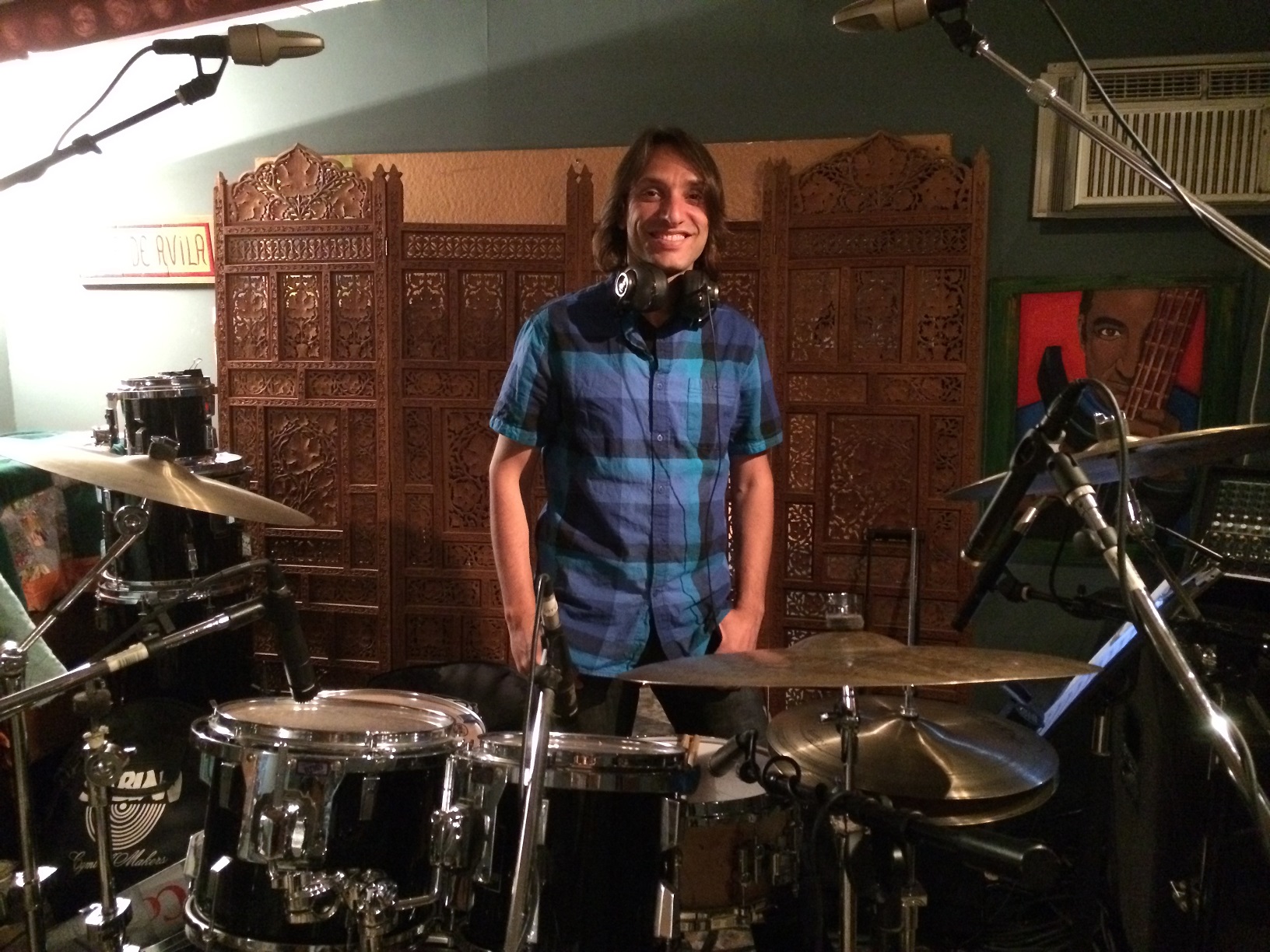By Carol Mendes | Translation: Julia Melim
 Guitar, bass, acoustic guitar, drums and other percussions instruments… nowadays most bands use these instruments to spread their music, but the reggae rhythm has been well-known in Brazil for more than a decade for using those. The sound of reggae is the convergence of many musical styles and different influences originated in Jamaica.
Guitar, bass, acoustic guitar, drums and other percussions instruments… nowadays most bands use these instruments to spread their music, but the reggae rhythm has been well-known in Brazil for more than a decade for using those. The sound of reggae is the convergence of many musical styles and different influences originated in Jamaica.
Everything started more than 5 thousand kilometers from the Brazilian land, in the 1940s, when “mento” (a musical genre also from Jamaica) was influenced by the “blues”, which resulted in the “Ska”. This new rhythm had a strong presence until the 1960s, when the Jamaican people had to face a new socio-economic reality because people who worked in the fields migrated to the cities looking for a better quality of life. Those changes also affected the musical expression and “Ska” became “rock steady”, which was clearly influenced by “soul music”, using guitar and bass constantly.
Still in the 1960s, a new generation of musicians were experimenting with “rock steady” that also reflected changes in the lyrics and themes used in the songs. The compositions had a rhythmic repetition and were also part of social causes, such as the “Rastafarian” movement, which defended that people with African descent should grow beyond their social limitations through politics and spiritual beliefs. This battle showed the effort to rebuild their dignity through their cultural expression, which came in from of music, what we know today as “Reggae”.
However, it was an easy task to make this innovative sound travel around the world because even the Jamaican radios were prejudiced and refused to play their music. After they won that battle, in the 1970s, people could “meditate” to the sound of Bob Marley and Jimmy Cliff. “No Woman No Cry” and “I Can See Clear Now”, among other hits, were immortalized and became representative of sort of reggae’s “national anthem”.
 The translation of this musical genre is connected to the sense of musicality in itself, the body language translated into music. And the creative Brazilian people would not let this opportunity to express themselves pass them by. In a different way than in Jamaica, reggae took another shape in each region of this “tropical song” – Brazil There’s not enough research to prove how reggae spread its melody throughout Brazil, but most likely it happened when Jimmy Cliff adopted Brazil as his second home. After a performance by Luis Melodia, Jorge Ben Jor and Gilberto Gil, in an international Musical Festival, the Jamaican rhythm was incorporated as part of our musical repertoire.
The translation of this musical genre is connected to the sense of musicality in itself, the body language translated into music. And the creative Brazilian people would not let this opportunity to express themselves pass them by. In a different way than in Jamaica, reggae took another shape in each region of this “tropical song” – Brazil There’s not enough research to prove how reggae spread its melody throughout Brazil, but most likely it happened when Jimmy Cliff adopted Brazil as his second home. After a performance by Luis Melodia, Jorge Ben Jor and Gilberto Gil, in an international Musical Festival, the Jamaican rhythm was incorporated as part of our musical repertoire.
The reggae myth “lived” exclusively in Bahia for many years until the early 90s. Then, Brazilians proved that the Brazilian rhythms already in existence weren’t enough, and became interested in new bands with reggae influence such as Cidade Negra and Tribo de Jah, than Natiruts and Maskavo among other bands. The tremendous success of this bands proved that there was a huge market for this rhythm in Brazil. Reggae energized Brazil and did bring a new wave of positive energy to the “country of samba”. Without a doubt, it is one of the preferred rhythms among the locals and one of the most commercial musical genres, especially among young Brazilians.
















Facebook Comments